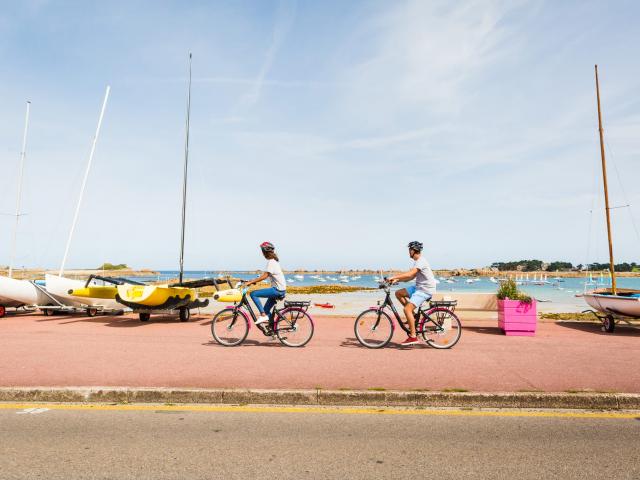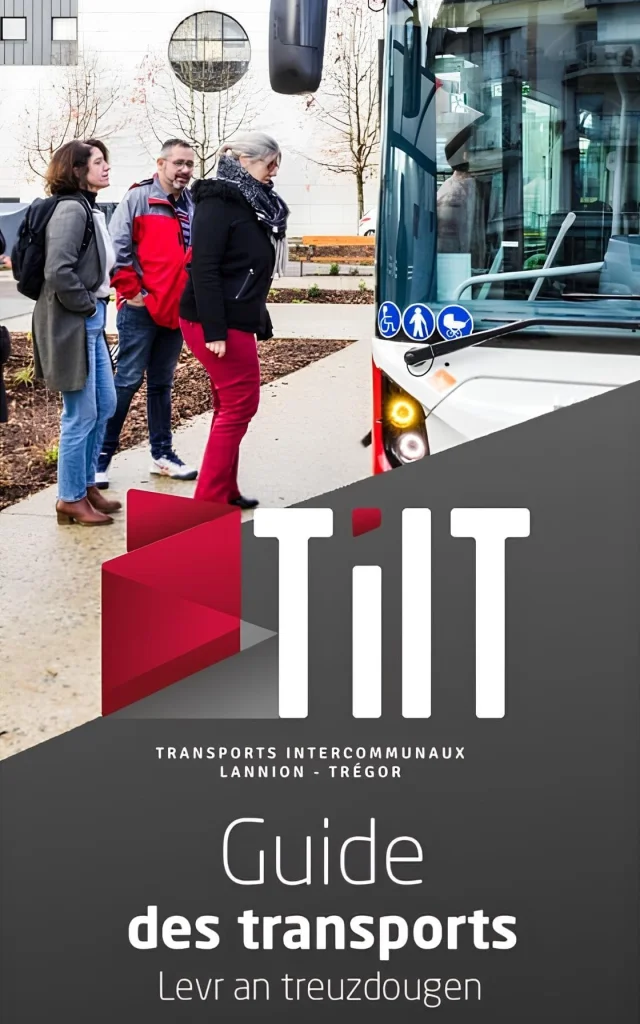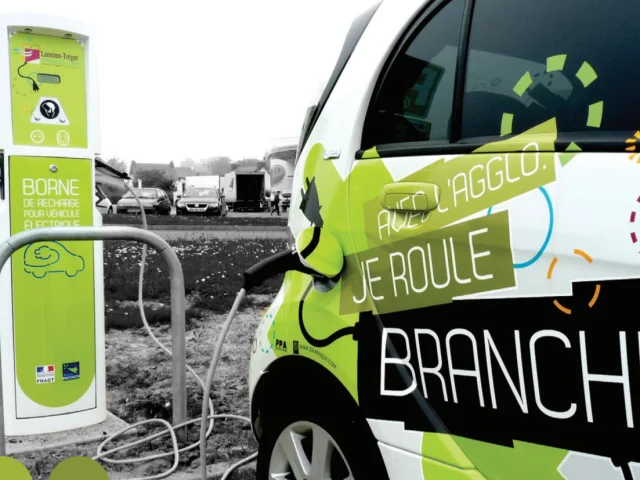Easy cycling
Discover the Côte de Granit Rose in a different way with Vélek’tro, the electrically assisted bike hire service designed for gentle mobility and accessible to all. Thanks to electric assistance, you can effortlessly cycle the hilly roads of the Trégor region, cycle along the coastline or easily reach the must-see sites. Ecological, economical and practical, the electric bike is the ideal way to explore the region while respecting the environment.
 Vélektro le vélo facile. Le vélo à asistance électrique de la Côte de Granit Rose
Vélektro le vélo facile. Le vélo à asistance électrique de la Côte de Granit Rose





















